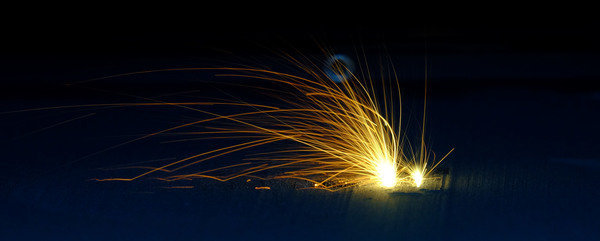In this project, we aim at significantly enhancing the strength-ductility combination of quinary high-entropy alloys (HEAs) with five principal elements by simultaneously introducing interstitial C/N and the transformation induced plasticity (TRIP) effect. Thus, a new class of alloys, namely, interstitially alloyed TRIP-assisted quinary (five-component) HEAs is being developed.


